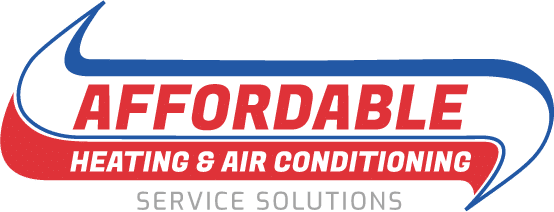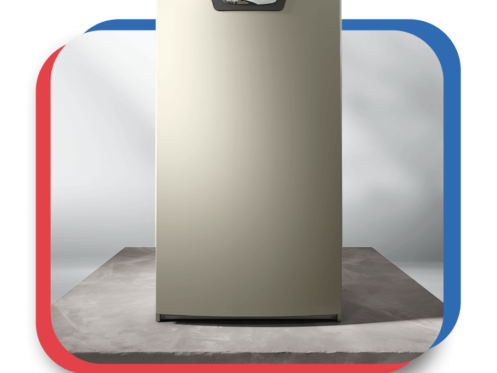When your furnace starts acting up, it can provoke both anxiety and some dread as you’re trying to get the heat back on again. The stress comes from knowing that you need a functional furnace to stay comfortable and safe. The trepidation is caused by wondering how much the repair will cost. Assuage both of these feelings by equipping yourself with some basic furnace knowledge. Here are the fundamentals of what you should know. Let’s look at what can go wrong and some of the things you can do to keep the warmth flowing this winter.
Types of Furnaces
There are different types of furnaces, which may include your standard forced air furnace or high-efficiency furnaces. Within both of those categories, there are options for how the unit generates heat.
The most common type is a fuel-burning furnace to generate the heat. Less common are electric furnaces, which simply have an electric heat exchanger and don’t need an external fuel.
For fuel-burning furnaces, there are several fuels that might be used. Natural gas is the most common for developed areas, since this is a common utility delivered to the home. In more rural areas and with older homes, you may find oil or propane furnaces with a fuel tank outside the house.
The Need for Air Circulation
Regardless of the kind of furnace you have, they all rely on their ability to circulate air. Your furnace must be able to draw air in, heat it and then push it back out into your home. The circulating fan is responsible for moving the air around your home and through the system.
The fan draws air in through the return register and then pushes it back out through the ducts and your output vents. As this happens, it creates a negative air pressure at the return register and a positive pressure at your vents. It’s the difference in pressures that causes the air to move around your house, evenly distributing the heat.
Anything causing reduced airflow through your system will also cause the furnace to lose efficiency and potentially damage internal components. A dirty air filter is the most common cause of airflow restrictions, so be sure to change it regularly. Damage can also be caused by dirty internal components such as the circulating fan or heat exchanger. Besides that, if your vents don’t have the proper clearance, the air won’t flow from them properly.
How Your Furnace Creates Heat
Unless you have an electric furnace, your unit burns a fuel to create heat. It’s actually the hot exhaust that’s used to heat the air moving through the system. Before the exhaust vents outside, it travels through a heat exchanger in your furnace.
The heat exchanger is a series of metal tubes that the circulating air moves through. These heat the air and cool the exhaust. In some high-efficiency units, there may be two heat exchangers to capture more of the heat.
Aside from airborne contaminants restricting airflow through the heat exchanger, the biggest concern is a crack. A cracked heat exchanger, usually caused by overheating, creates a serious hazard that can lead to carbon monoxide leaking into your home. The two biggest signs of a cracked heat exchanger are water around your furnace and a rattling sound as the unit heats up. If you think you have a cracked exchanger, turn your unit off and call for an inspection immediately. A technician will check out your heat exchanger during routine maintenance, identifying the issue before it puts your family at risk.
Furnace Safety Features
Your furnace also has several safety features built in to make sure it continues to run properly. These sensors keep an eye on how the furnace is operating and move the furnace through the different stages of the heating cycle. If any one sensor triggers, it will cause the furnace to stop.
Most of these sensors deal with the heat your unit generates. Before the burners light, there’s a sensor to make sure there’s enough heat to light the fuel. This prevents excess fuel from building up in the burn chamber, risking an explosion. Then, there’s the heat sensor that monitors the overall heat as the unit runs. If the temperature gets too high, it will cause the burner to shut off. The most common cause of this overheating is too little air moving through the system, forcing the heat to remain at the heat exchanger.
People around Richmond have turned to Affordable Service Solutions Heating & Air Conditioning for heating solutions since 2012. Our team provides heating, cooling and indoor air quality installation, maintenance and repair, and our family-owned business is proud to have a 100% satisfaction guarantee. Call us today to schedule a furnace maintenance or repair appointment with one of our trusted technicians.

